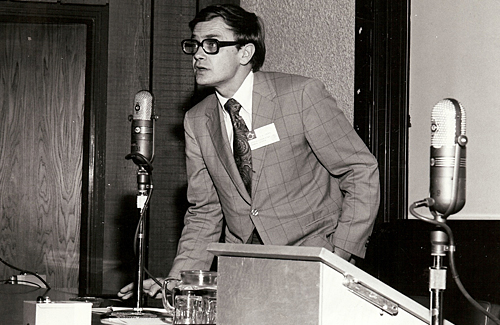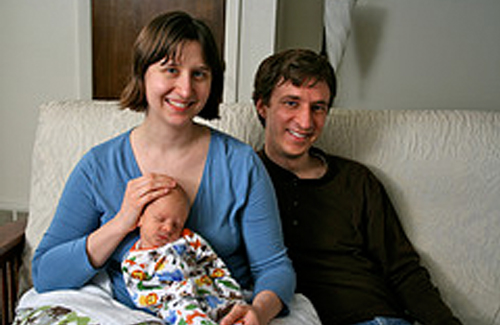
The stork visited David (2009) and Juliet on January 4, 2010, and delivered baby Leo Alexander at 3:40p.m. MST. Vitals: 6 lb, 11 oz, 20 inch. David and Juliet are now living in Boulder, where David is a research scientist at the Southwest Research Institute in Boulder. He studies planetary dynamics. Best wishes to the Minton family from everyone at LPL!


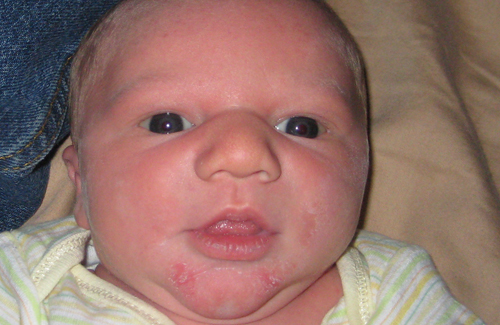
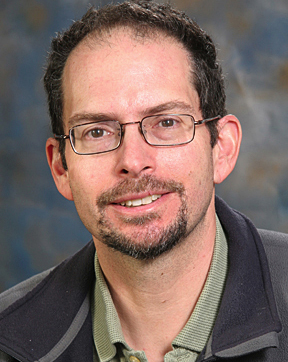 Kudos to Jonathan Lunine, who was awarded the International Academy of Astronautics' 2009 Basic Science Award. This award is given annually for outstanding achievement in basic science. Previous recipients include Robert Wilson, Roger Bonnet, Rashid Sunyaev, and Lennard Fisk. Information about the award is available on the
Kudos to Jonathan Lunine, who was awarded the International Academy of Astronautics' 2009 Basic Science Award. This award is given annually for outstanding achievement in basic science. Previous recipients include Robert Wilson, Roger Bonnet, Rashid Sunyaev, and Lennard Fisk. Information about the award is available on the 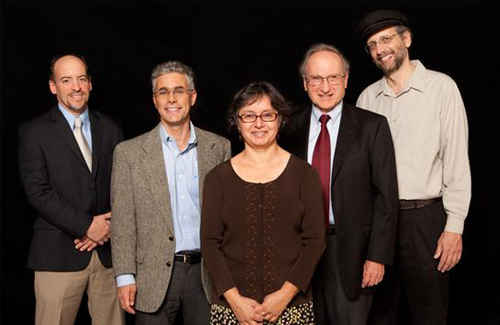
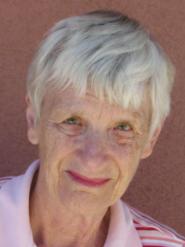 Marcia Neugebauer, LPL Adjunct Research Scientist, has received not one, but two prestigious awards. She is the recipient of the 2010 Arctowski Medal, a distinguished award presented by the National Academy of Sciences to honor outstanding contributions to the study of solar physics and solar-terrestrial relationships. This prestigious medal also comes with a cash prize and a designated amount of institutional research support. Dr. Neugebauer is also the recipient of the Hale Prize of the Solar Physics Division of the American Astronomical Society, awarded for outstanding contributions to the field of solar astronomy.
Marcia Neugebauer, LPL Adjunct Research Scientist, has received not one, but two prestigious awards. She is the recipient of the 2010 Arctowski Medal, a distinguished award presented by the National Academy of Sciences to honor outstanding contributions to the study of solar physics and solar-terrestrial relationships. This prestigious medal also comes with a cash prize and a designated amount of institutional research support. Dr. Neugebauer is also the recipient of the Hale Prize of the Solar Physics Division of the American Astronomical Society, awarded for outstanding contributions to the field of solar astronomy.